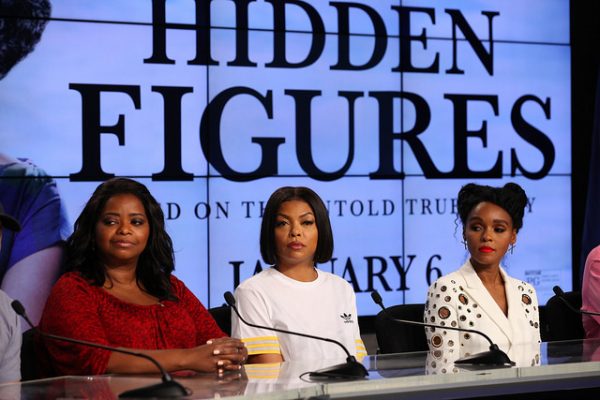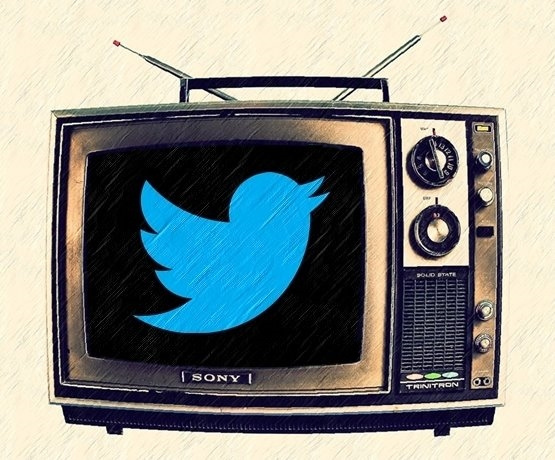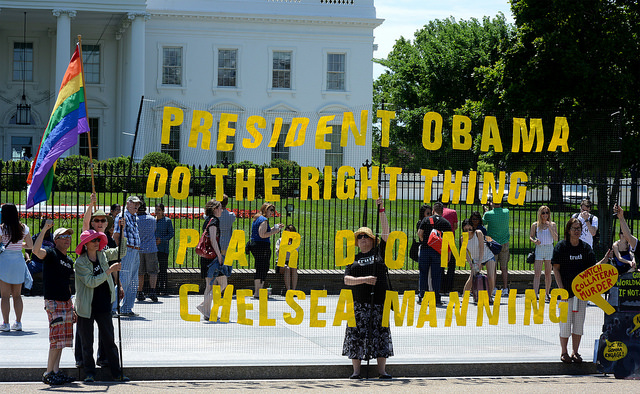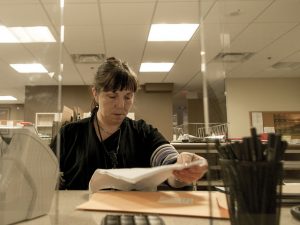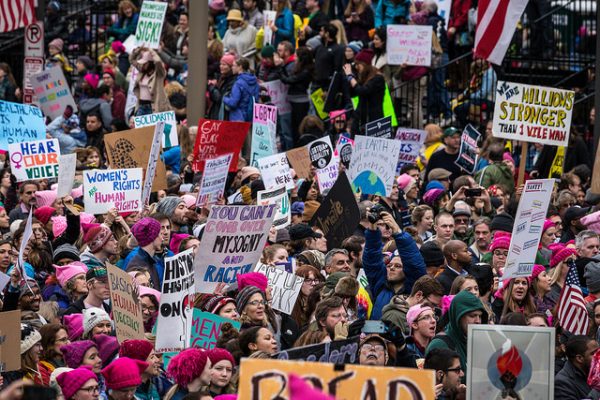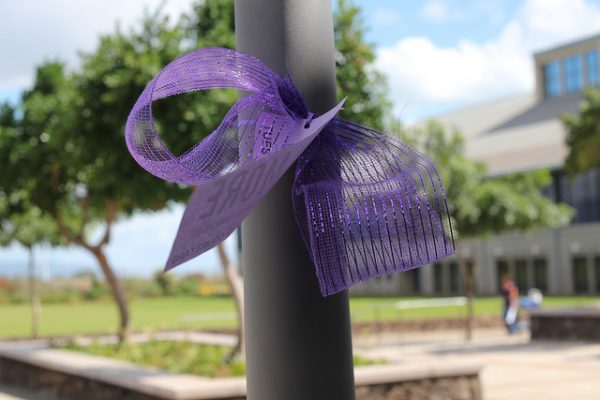
Russian President Vladimir Putin recently signed a new law that decriminalizes domestic violence. Perpetrators of domestic violence against children and spouses will only face charges if injuries require a hospital visit, and the punishment will take the form of fines rather than jail time. While this is certainly troubling, policies and laws concerning domestic violence in the United States are far from perfect — they are often limited in how much they change the way perpetrators think of domestic violence, even if they sometimes keep abusers from repeating violent behavior.
Often, particularly in the context of welfare policy, a mismatch tends to exist between low-income abused women’s actual needs and the assumptions about those needs that inform policies on domestic violence. While policies and services can help victims to exit abusive relationships and offer protection and material support, they can also come with constraints that make leaving abusers difficult, such as requirements for teen parents to live with a parent, to complete a GED or job training programs, and fear of deportation for immigrants. “One-size fits all” policy approaches, such as those common in state welfare policies, make it hard for victims to make decisions about what works best for their individual situations because their individual experiences get trumped by blanket procedures.
- Diane Purvin. 2007. “At the Crossroads and in the Crosshairs: Social Welfare Policy and Low-Income Women’s Vulnerability to Domestic Violence.” Social Problems 54(2): 188-210.
- Carol Bohmer, Jennifer Brandt, Denise Bronson and Helen Hartnett. 2002. “Domestic Violence Law Reforms: Reactions from the Trenches.” Journal of Sociology and Social Welfare 29(3): 71-87.
- Sharon Hays. 2003. Flat Broke with Children: Women in the Age of Welfare Reform. New York: Oxford University Press.
When it comes to arresting and prosecuting perpetrators, abusers often think of their punishments as evidence of an unfair legal system rather than consequences for their own actions. And while abusers who are arrested and serve jail time are less likely to commit subsequent acts of domestic violence than those who are arrested but not charged with abuse, the affect of arrest on subsequent domestic violence is often contingent on whether or not someone has something to lose — research finds that being arrested deters people with jobs from subsequent domestic violence, but does not deter those without a “stake in conformity.”
- Keith Guzik. 2008. “The Agencies of Abuse: Intimate Abusers’ Experience of Presumptive Arrest and Prosecution.” Law & Society Review, 42(1), 111-144.
- Lawrence Sherman and Douglas A. Smith. 1992. “Crime, Punishment, and Stake in Conformity: Legal and Informal Control of Domestic Violence.” American Sociological Review 57:680-90.
- John Wooldredge and Amy Thistlethwaite. 2002. “Reconsidering Domestic Violence Recidivism: Conditioned Effects of Legal Controls by Individual and Aggregate Levels of Stake in Conformity.”Journal of Quantitative Criminology 18: 45.

